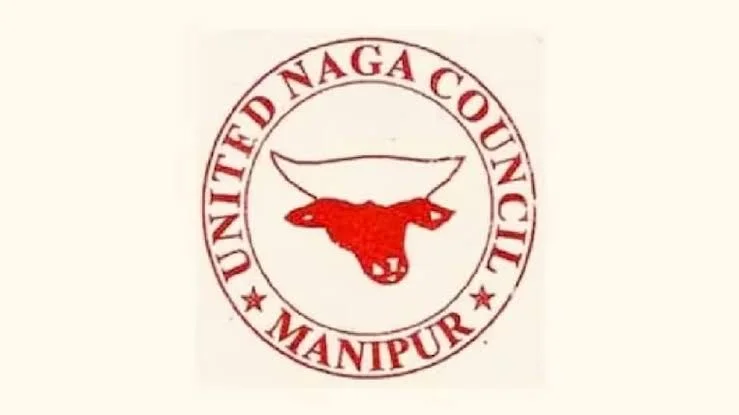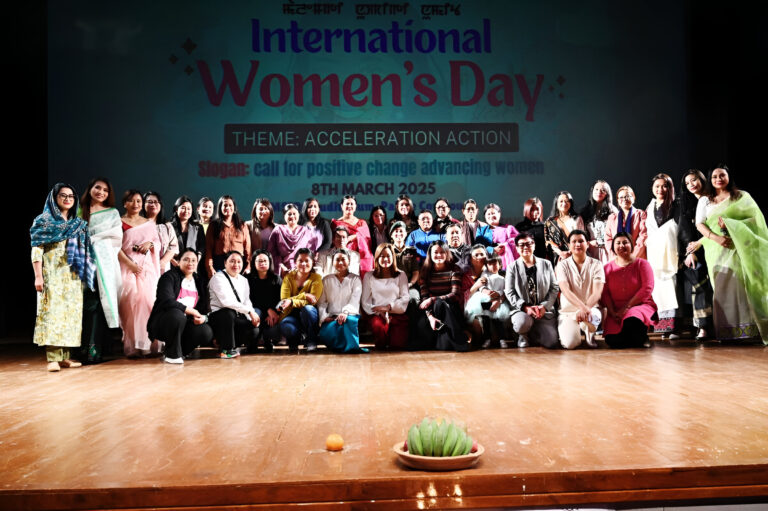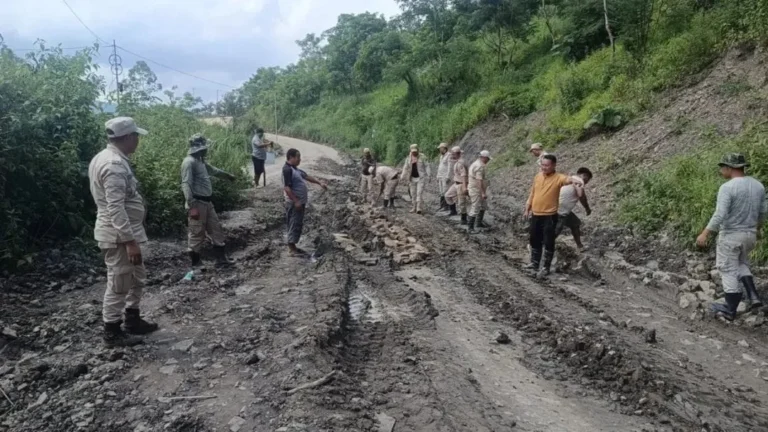Understanding the UNC’s Call for Rescheduling: A Deep Dive into Manipur’s District Dispute
Introduction to the Manipur District Dispute
Manipur’s district dispute is a complex and long-standing issue that impacts the state’s political, social, and economic fabric. The controversy primarily revolves around administrative district boundaries and autonomy, sparking waves of unrest and substantial negotiations over the years. At the heart of this debate is the United Naga Council (UNC), a key organization representing the interests of the Naga people in Manipur.
Let’s dig deeper into the background, the core issues, and the potential implications of the UNC’s request to reschedule these high-stakes tripartite talks.
Background of the District Dispute
The roots of the Manipur district dispute trace back to 2016, when the Manipur government introduced seven new districts. While the creation of new administrative zones may seem routine, it significantly impacted ethnic and cultural boundaries in the region, leading to protests, blockades, and heightened tensions among different communities.
For the Naga people, represented by the UNC, the creation of these districts was perceived as a move that compromised their autonomy and traditional lands. The Naga community voiced concerns that the new districts disrupted historical boundaries, overlooked local governance structures, and created additional political and administrative hurdles.
Key Stakeholders and Their Interests
The Manipur district dispute involves multiple stakeholders, each with unique perspectives and interests. Let’s examine the primary groups involved:
- The United Naga Council (UNC): As the organization representing the Naga people’s interests, the UNC’s main goal is to protect the cultural and territorial integrity of Naga-inhabited areas. They have consistently advocated for greater autonomy and minimal government interference in these regions.
- The Manipur Government: The state government seeks to enhance administrative efficiency and improve public service access. Their stance is that the new districts facilitate better governance, reduce bureaucracy, and benefit the people at large.
- The Indian Government: Acting as a mediator in the talks, the central government aims to balance the interests of the state and the communities involved. Through the Ministry of Home Affairs (MHA), they’ve hosted multiple rounds of talks to reach a resolution acceptable to all parties.
- Other Ethnic Communities: Beyond the Naga community, other groups in Manipur also have opinions and stakes in the district formation process. Some view the reorganization as beneficial, while others remain skeptical of its implications.
Why the Tripartite Talks Matter
The tripartite talks between the UNC, the Manipur state government, and the Indian government represent a crucial avenue for addressing the district dispute. Over the years, these meetings have served as a platform for negotiation and compromise, allowing each party to voice concerns and propose solutions. However, progress has been slow, and tensions have occasionally resurfaced, highlighting the deep-seated nature of the issues at play.
The UNC’s Request for Rescheduling
The UNC’s recent request to postpone the scheduled talks from November 13 to the last week of November underscores the importance of adequate representation and preparation. Given the gravity of the issues on the table, the UNC wants to ensure that all parties are fully prepared and present, allowing for comprehensive discussions without interruptions.
But why does the UNC feel the need to reschedule at this stage? The answer likely lies in both logistical and strategic considerations. The UNC leaders, who are currently preoccupied with prior engagements, believe that a more opportune date would lead to a more productive dialogue.
Potential Outcomes of the Talks
The rescheduled talks could have several possible outcomes, each with far-reaching implications for Manipur and the Naga community:
- Status Quo Maintenance: If discussions stagnate, the current district formations may remain in place, potentially leading to renewed protests and further discontent among the Naga community.
- Autonomy Arrangements: One potential compromise could involve granting greater autonomy to the Naga-inhabited districts, allowing local governance structures to have more control while retaining the current boundaries.
- Reassessment of District Boundaries: Another possibility could involve redrawing or modifying district boundaries to better reflect historical territories, a move that might address some of the UNC’s concerns.
- Continued Negotiation Framework: Finally, the talks could lead to an agreement to continue negotiations on a long-term basis, with periodic meetings and an emphasis on peaceful dialogue.
Why This Issue Matters for the Broader Community
Beyond the immediate stakeholders, the Manipur district dispute affects the broader community in several ways. Here’s why:
- Economic Impact: The 2016 protests and economic blockade severely disrupted supply chains, affecting everyday life for people across the region. A resolution could help avoid similar disruptions in the future.
- Social Cohesion: The dispute has highlighted ethnic tensions within Manipur. Resolving these issues would foster a more cohesive society and reduce the risk of future conflicts.
- Political Stability: Unresolved regional disputes can undermine political stability. By addressing the district dispute, the Manipur government could strengthen its legitimacy and maintain law and order.
- Cultural Preservation: For the Naga people, preserving cultural heritage and traditional lands is paramount. A fair resolution would affirm the government’s commitment to respecting cultural diversity and historical significance.
The Role of Community Engagement
One notable aspect of the Manipur district dispute is the importance of community engagement. While political leaders and officials often take the spotlight, local communities play a vital role in shaping the region’s future. By involving community leaders and seeking grassroots input, the negotiations can better reflect the will of the people and lead to a more sustainable outcome.
Challenges to Reaching a Resolution
While there are potential pathways to resolution, several challenges persist:
- Deep-Seated Distrust: Historical grievances and cultural differences mean that trust between parties can be fragile, complicating efforts to reach a lasting solution.
- Complexity of the Issues: Administrative boundaries, autonomy, and cultural heritage are complex issues that don’t lend themselves to quick fixes. Addressing these concerns requires in-depth discussions and compromise.
- Pressure from the Public: Public sentiment is strong on both sides, with many people feeling passionately about the district formations. This can add pressure to the negotiations and raise the stakes for each party.
FAQs
- Why does the UNC want to reschedule the talks?
- The UNC wants to ensure adequate representation and time for preparation, as they believe this will lead to more productive discussions.
- What are the main issues in the Manipur district dispute?
- The primary issues are related to administrative boundaries, autonomy for Naga-inhabited areas, and preservation of cultural heritage.
- What potential outcomes could result from the talks?
- Outcomes could include maintaining the status quo, granting autonomy, reassessing district boundaries, or establishing a continued negotiation framework.
- How does the dispute impact the broader community?
- The dispute affects economic stability, social cohesion, political stability, and cultural preservation in the region.
- What challenges do the parties face in reaching a resolution?
- Key challenges include historical distrust, the complexity of the issues, and public pressure on both sides.



